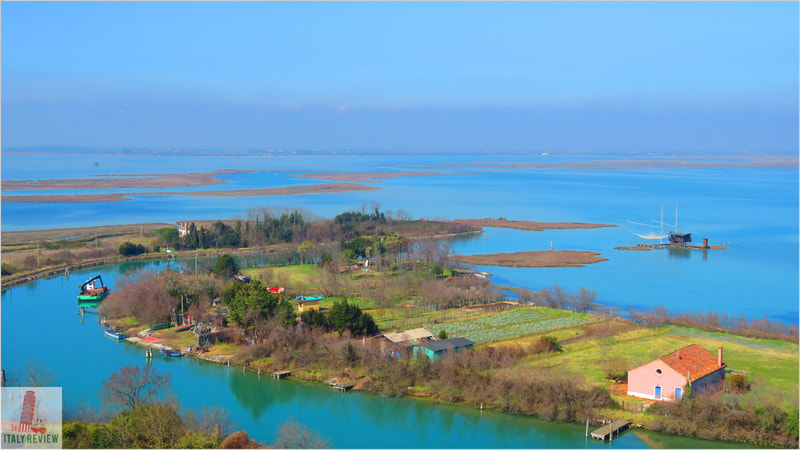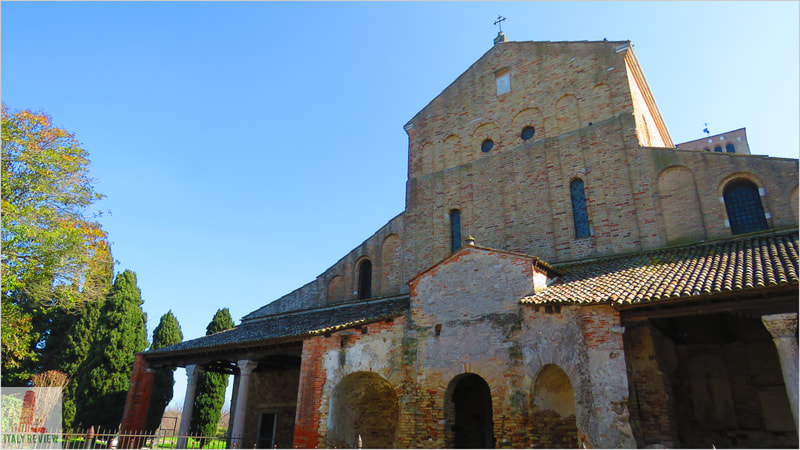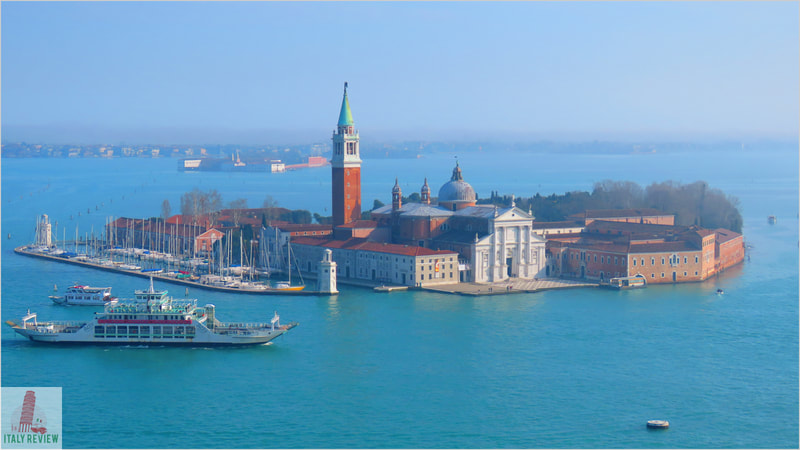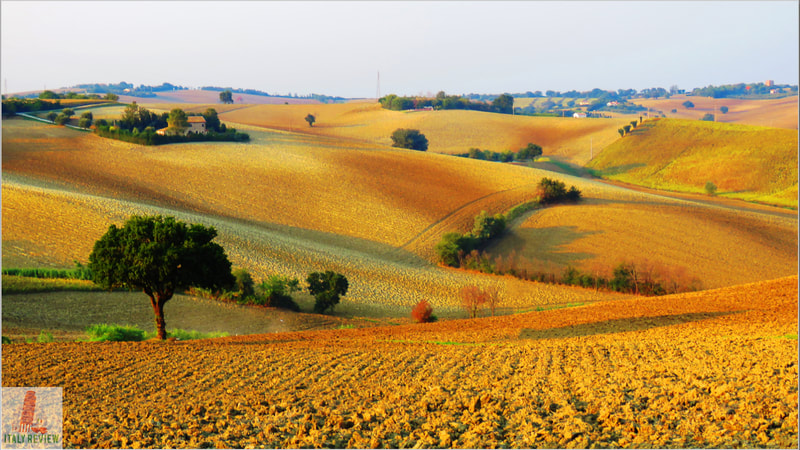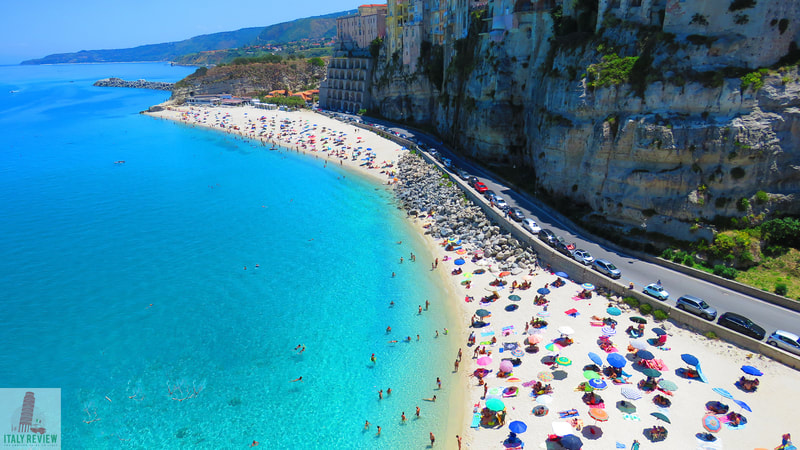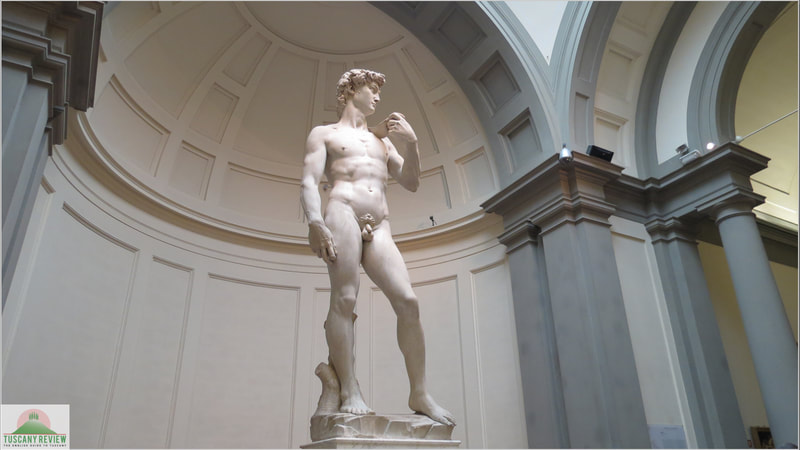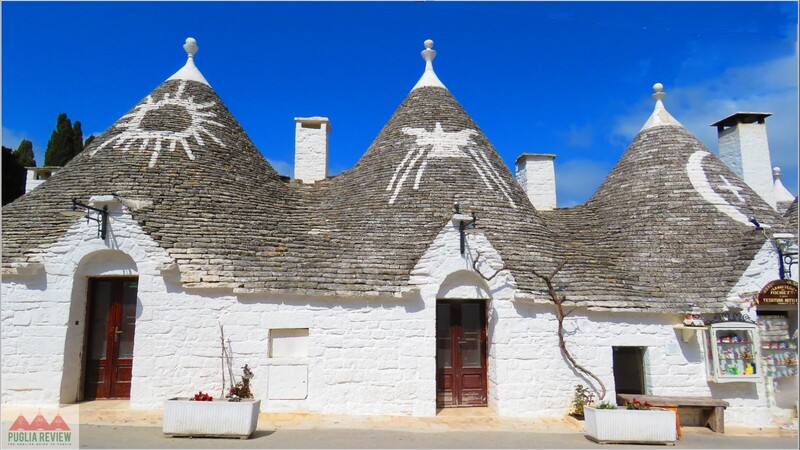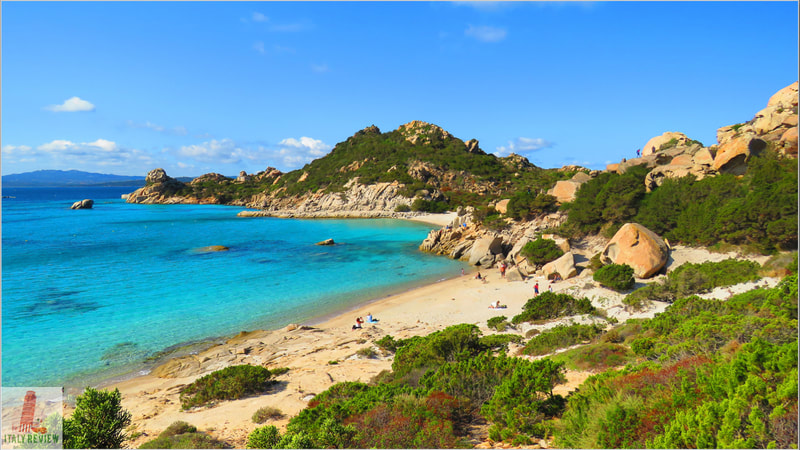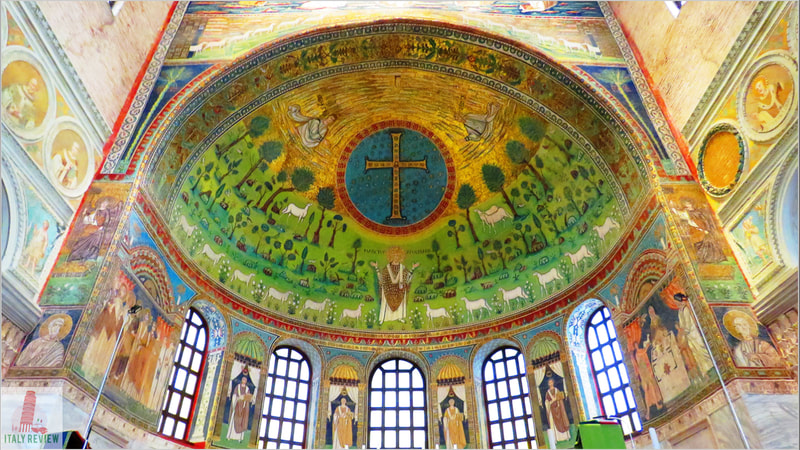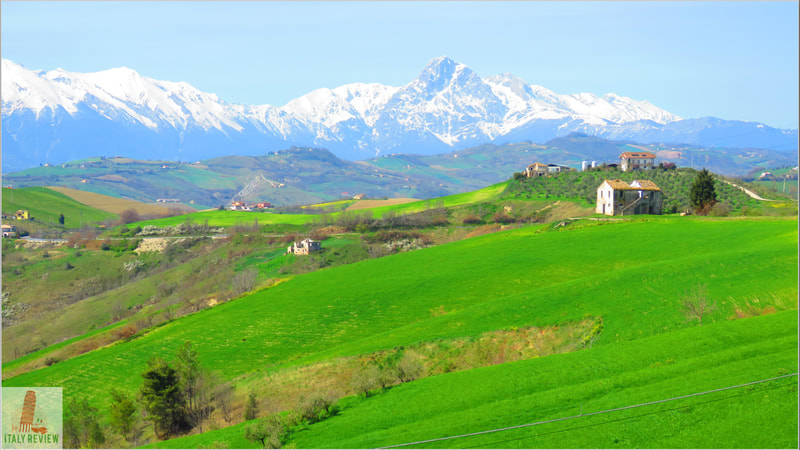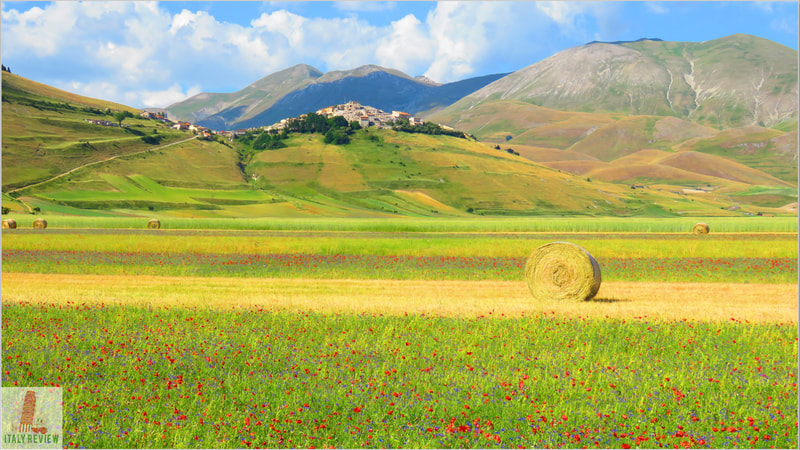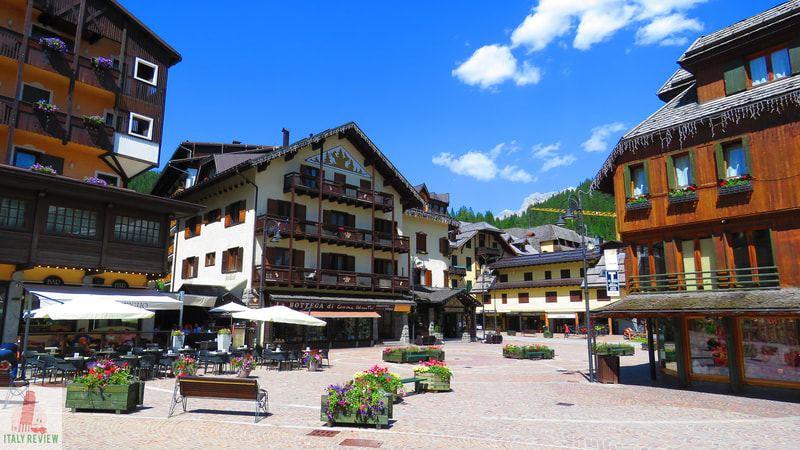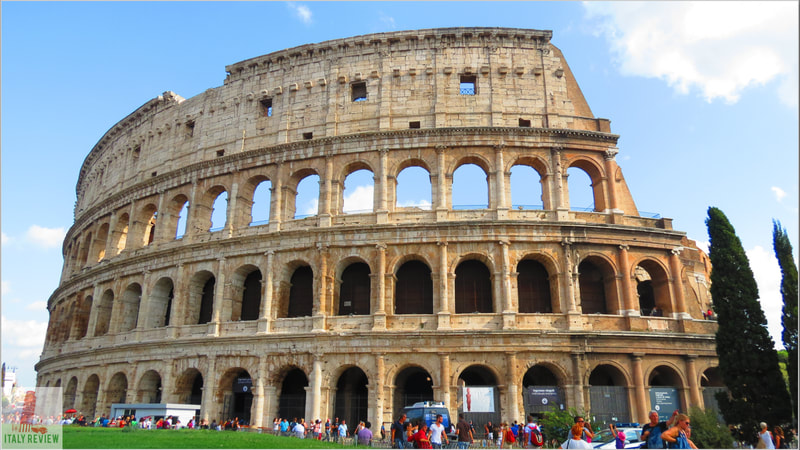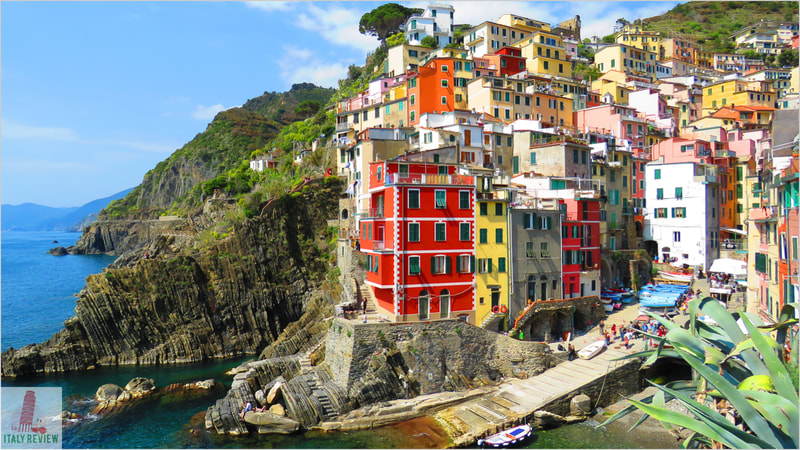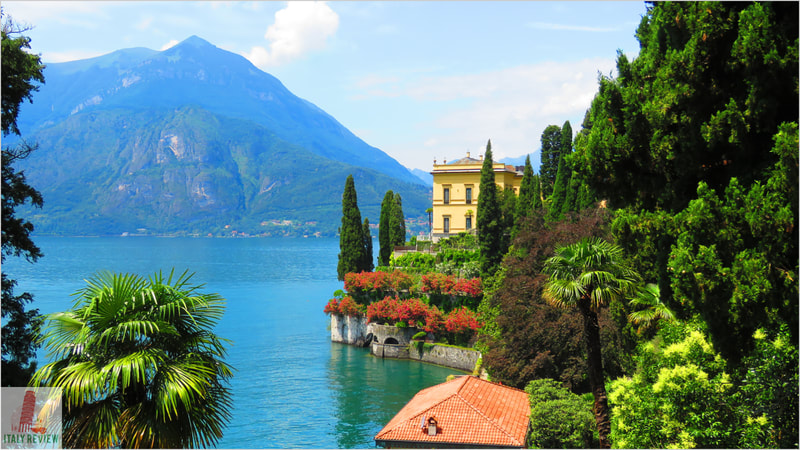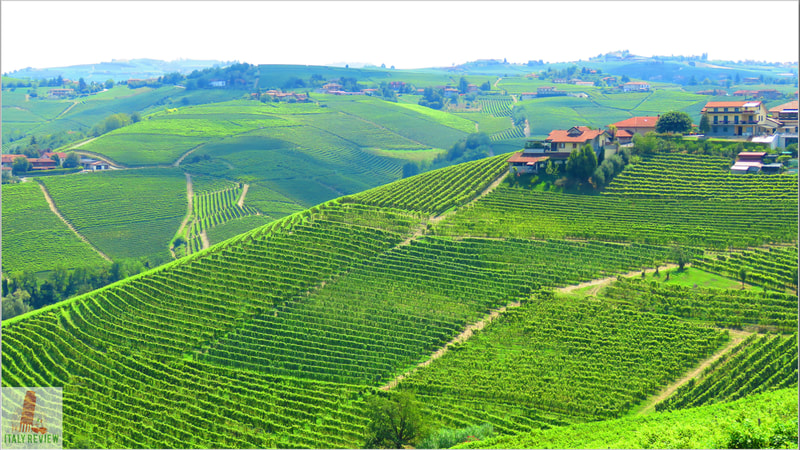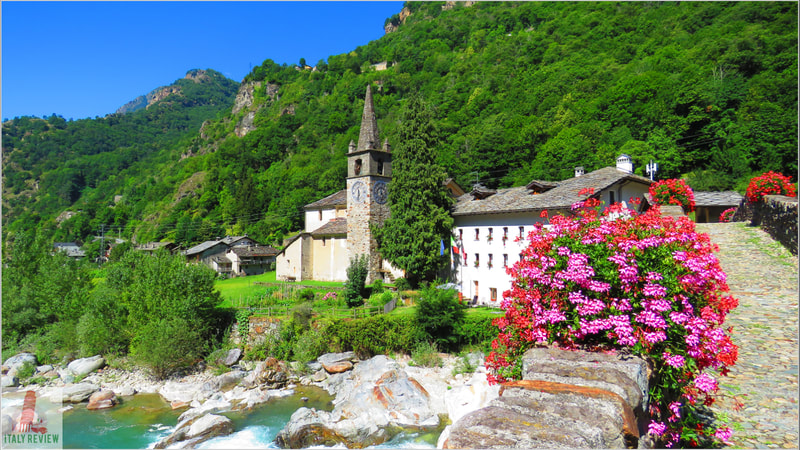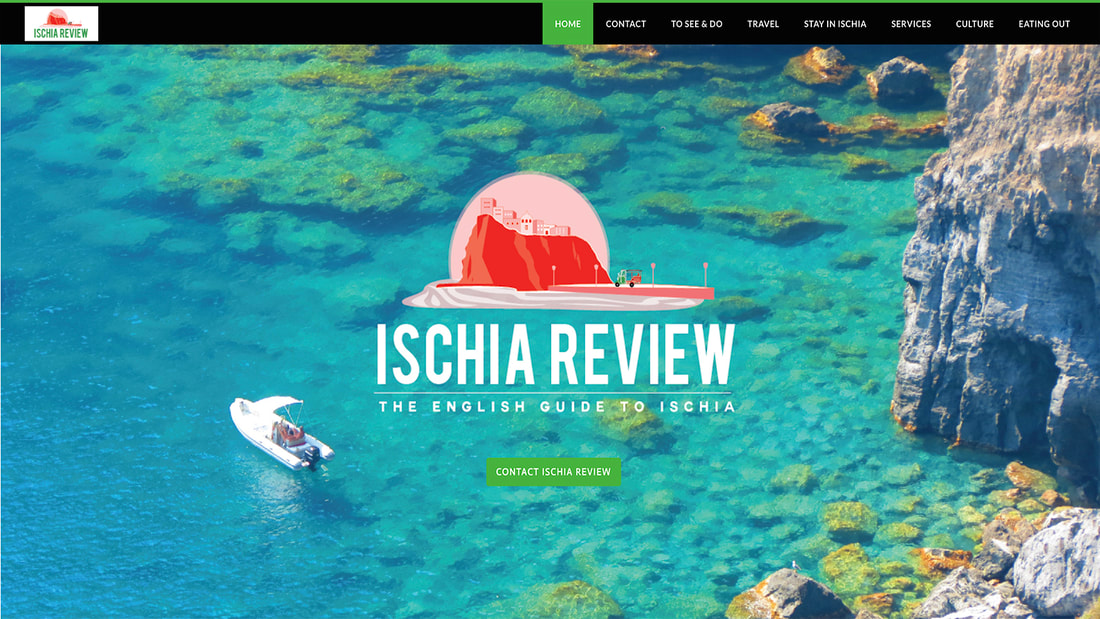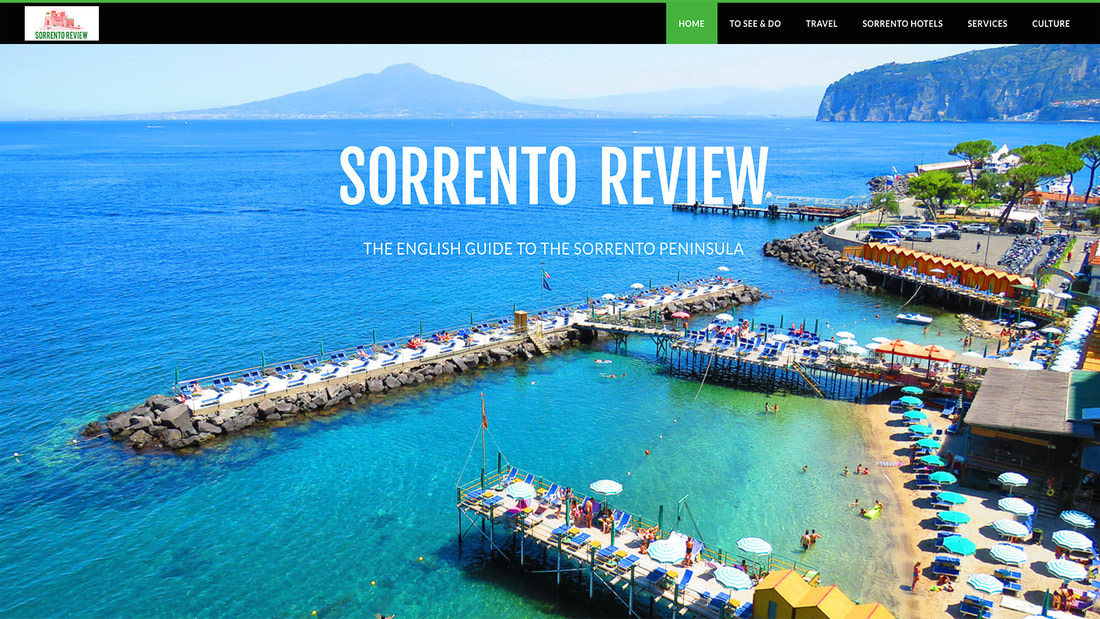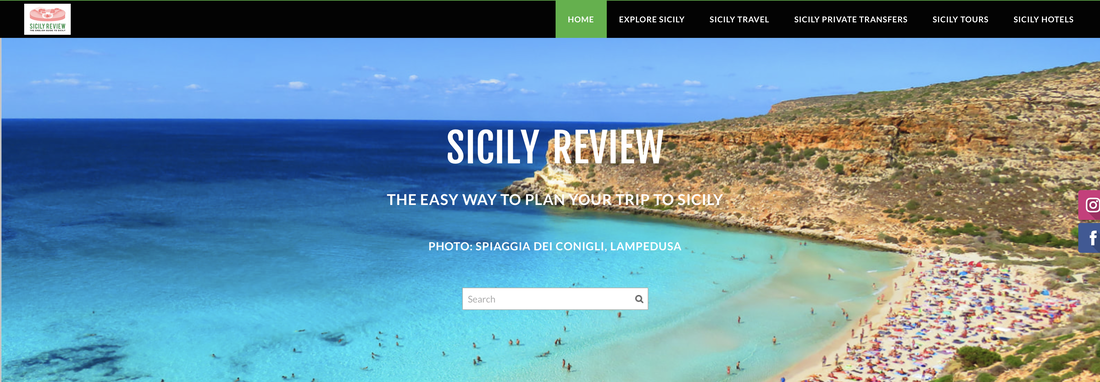Torcello
|
By Dion Protani
|
Latest update: 23 January 2024
|
|
The island of Torcello lies in the Venetian Lagoon to the north east of Venice, the main island of the lagoon and the capital of the Veneto region. It's most famous sight is Torcello Cathedral.
A first glance at the map may suggest this is a rather inconspicuous outpost of the Lagoon area but it was the first of the 118 neighbouring islands to be settled in the 5th century. |
Related links
Torcello's famous cathedral
The Cathedral has no greater claim to fame than being the oldest surviving building in the Lagoon. The church was originally founded in the 7th century with much of the existing Byzantine structure created around 200 years later. The interior of the church is dominated by a series of extraordinary mosaics while to the rear of the building there's a huge bell tower that you can climb to get some of the best views of the Lagoon region.
Much of the view from the top is taken up by large swathes of agricultural land or simply green fields. Although the island has a number of bars and restaurants to cater for its visitors, it only has around 15 permanent residents.
This is quite a remarkable fact when you consider there were as many as 30,000 people living on this same island at its peak. The population drain started when the island's topographical characteristics became a breeding ground for malaria with the island all bu deserted by the 15th century.
Much of the view from the top is taken up by large swathes of agricultural land or simply green fields. Although the island has a number of bars and restaurants to cater for its visitors, it only has around 15 permanent residents.
This is quite a remarkable fact when you consider there were as many as 30,000 people living on this same island at its peak. The population drain started when the island's topographical characteristics became a breeding ground for malaria with the island all bu deserted by the 15th century.
Torcello's other sights
Malaria is no longer a problem and the island is a popular spot, not just for its cathedral but for the pretty church next to it, the Chiesa di Santa Fosca. Part of the roof structure of the Chiesa di Santa Fosca is joined to the facade of the Cathedral and one can easily be forgiven for thinking they're part of the same complex. Santa Fosca however, was built a few hundred years later than the Cathedral.
Directly opposite Santa Fosca is an innocuous-looking rock which turns out to have a name: Attila's Throne. The origin of the name is disputed but not thought to be connected with Attila the Hun. There are however, two nice legends attached to the stone.
The first is that if you sit on it you'll return to Torcello one day, and the second is that whoever sits on it will be married within a year. This of course makes it a popular spot for couples taking photos of each other sitting on the rock, sometimes with a glum face at the prospect of impending doom.
In the same area of the Trono di Attila are a series of buildings belonging to the local museum. The Museo Provinciale di Torcello displays archaeological artefacts and items from the island's distant past.
A series of canals run through Torcello and the one that remarks the main thoroughfare eventually leads down to the water bus jetty, passing a few restaurants and souvenir shops along the way, as well as a bridge called the Ponte del Diavolo (the Devil's Bridge), possibly because it has no side walls and can make you a feel a bit queasy.
Directly opposite Santa Fosca is an innocuous-looking rock which turns out to have a name: Attila's Throne. The origin of the name is disputed but not thought to be connected with Attila the Hun. There are however, two nice legends attached to the stone.
The first is that if you sit on it you'll return to Torcello one day, and the second is that whoever sits on it will be married within a year. This of course makes it a popular spot for couples taking photos of each other sitting on the rock, sometimes with a glum face at the prospect of impending doom.
In the same area of the Trono di Attila are a series of buildings belonging to the local museum. The Museo Provinciale di Torcello displays archaeological artefacts and items from the island's distant past.
A series of canals run through Torcello and the one that remarks the main thoroughfare eventually leads down to the water bus jetty, passing a few restaurants and souvenir shops along the way, as well as a bridge called the Ponte del Diavolo (the Devil's Bridge), possibly because it has no side walls and can make you a feel a bit queasy.
Along the Strada della Rosina
This main thoroughfare is called the Strada della Rosina and heading back to the jetty, a short distance after the bridge there are two restaurants, one after the other. Taking the turning along the country path after the second restaurant eventually leads to the Casa Museo di Andrich. This is a special type of house museum where the host, Paolo, will recount the history of the island while showing you round.
Torcello can be reached by using the Venice Water Bus Vaporetto system and from the main island of Venice the journey time is around 35 minutes, boarding at the Fondamenta Nove jetty and taking the Line 12 route.
Given the proximity of the wonderful island of Burano, it almost makes no sense to visit one and not the other. From Torcello it's just a 5 minute hop to Burano on either of Line 12 or Line 9, the latter of which is the route between just those two islands.
Torcello can be reached by using the Venice Water Bus Vaporetto system and from the main island of Venice the journey time is around 35 minutes, boarding at the Fondamenta Nove jetty and taking the Line 12 route.
Given the proximity of the wonderful island of Burano, it almost makes no sense to visit one and not the other. From Torcello it's just a 5 minute hop to Burano on either of Line 12 or Line 9, the latter of which is the route between just those two islands.
Torcello - frazione di Venezia
|
Comune: Venice
Province: Metropolitan City of Venice Region: Veneto Population: around 15 Highlights: Torcello Cathedral, Attila's Throne, Chiesa Santa Fosca Close by: Burano, Cavallino Treporti, Lido di Jesolo, Murano Fly to: Venice Marco Polo Airport Recommended accommodation: Casa Burano Experience |
UNESCO World Heritage Site
Venice and its Lagoon
Year: 1987
Venice and its Lagoon
Year: 1987

